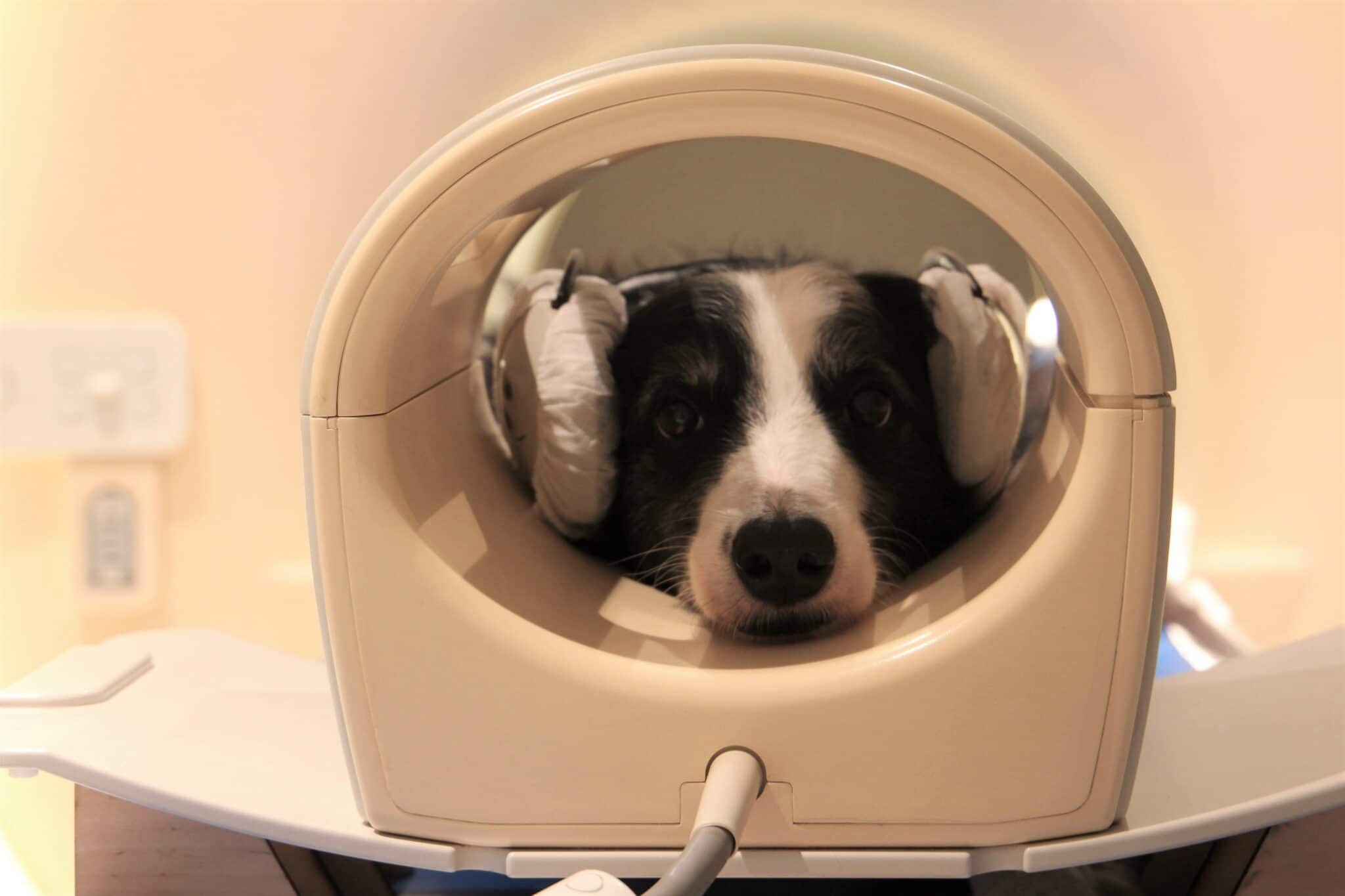

It is the first time that researchers show that a non-human brain can distinguish different languages from each other.
Only a few animals can properly understand human spoken language. The best known is probably the dog. If you say ‘sit’, there is a good chance that your four-legged friend will sink through its hind legs. In the same way, you can teach your dog different commands. But did you know that the canine brain can also distinguish between different languages?
From Mexico to Hungary
“I moved from Mexico to Hungary a few years ago,” says researcher Laura Cuaya. “My dog Kun-ku went with me. I used to be the only one who talked to him. And so I wondered if Kun-kun noticed that people in Budapest spoke a different language.” We know that people, even preverbal babies, notice the difference between languages. But what about dogs?
…dogs and babies do have something in common? Dogs learn to recognize individual words in a word stream in the same way that humans do!
The little Prince
Kun-kun and 17 other dogs, while lying under a brain scanner, were read excerpts from the famous fairy tale ‘The Little Prince’. The story was presented to the dogs in both Spanish and Hungarian. Because all dogs only own one of the two languages, the researchers were able to compare the brain activity of the known language with the completely unknown language. “We also alternated speech with gibberish to test whether dogs recognize the difference between speech and non-speech at all,” Cuaya said.

A dog lies under a brain scanner while he is read excerpts from The Little Prince. Image: Eniko Kubinyi
The researchers make an interesting discovery. Because the dogs indeed seem to hear the difference between speech and gibberish just like humans.
Difference between speech and gibberish
The team found different activity patterns in the so-called primary auditory cortex. “However, the mechanism underlying this ability is different from that in humans,” says Raúl Hernández-Pérez. “Our brain is tuned to speech, while dog brains simply recognize the naturalness of sound.”
distinguish language
But that might not even be the most special thing. Not only do the dogs appear to recognize speech, the activity patterns show that they also understand the difference between a known and unfamiliar language. It means that the dog brain can thus distinguish between Spanish and Hungarian. These language-specific activity patterns were found in another brain region, namely the secondary auditory cortex. Interestingly, the older a dog is, the better its brain can distinguish between the known and the unfamiliar language.
How?
They are surprising findings. Because it is the first time that researchers show that a non-human brain can distinguish different languages from each other. How a dog does this? “Each language is characterized by a variety of auditory regularities,” explains Hernández-Pérez. “And our findings suggest that dogs pick up the auditory regularities of the language they are exposed to during their lives with humans.”
The researchers talk about exciting results. For it reveals that the ability to recognize regularities in language is not something uniquely human. At this point, however, it is unclear whether this ability is a talent of dogs, or whether it represents an ancient capacity of mammals. “It’s possible that over tens of thousands of years of domestication and living in language-rich environments, dogs have become better listeners,” suggested researcher Attila Andics. “But this is not necessarily the case. Future studies will have to provide clarity.”
Source material:
“Dog brains can distinguish between languages” – Eötvös Loránd University (ELTE), Faculty of Science
Image at the top of this article: Kelly L via Pexels